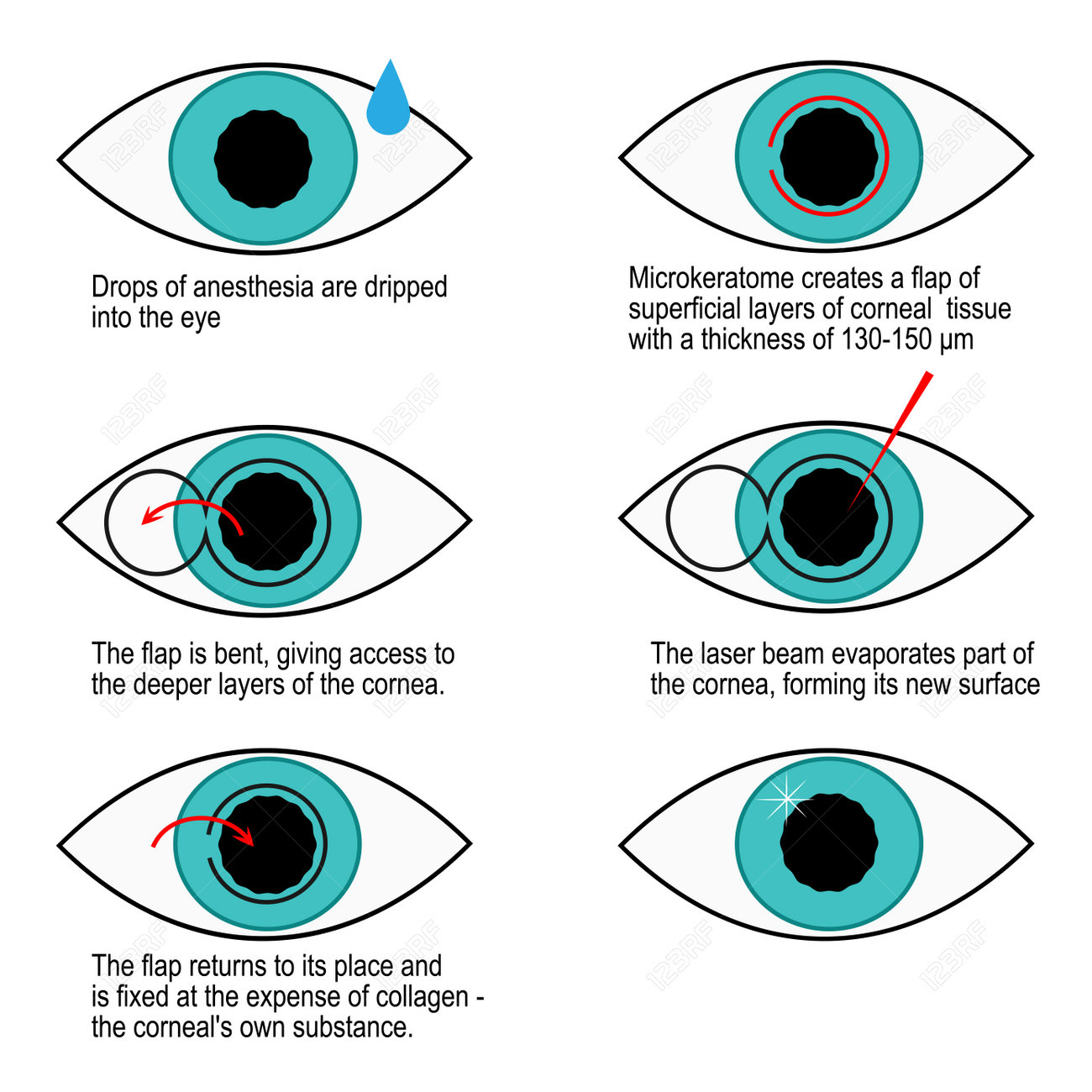Refractive surgical procedure is the procedure of fixing vision issues by improving the cornea (the clear, rounded dome at the front of your eye) or dental implanting a lens inside the eye. Refractive surgical treatments are offered for several refractive errors including nearsightedness (nearsightedness), farsightedness (hyperopia), astigmatism as well as presbyopia.
Refractive surgery has become increasingly prominent with the advancements in laser technology. But it is essential to recognize that not all people are prospects for this procedure.
LASIK
LASIK is an eye surgical procedure that remedies vision problems caused by nearsightedness (nearsightedness) or farsightedness (hyperopia). The laser improves the corneal cells to concentrate light onto the retina.
During LASIK, a flap is developed in the cornea, as well as the excimer laser improves the cells underneath. No stitches are needed.
The laser is set to reshape the cornea according to the eye's refractive error and your doctor's prescription. The laser's advanced monitoring capabilities keep your eye concentrated on the target as the light pulses, making your vision more accurate than ever before.
LASIK can profit a variety of individuals, consisting of those that have a tough time seeing without glasses or contacts. For hop over to this website , professional athletes, who usually have to use prescription sports goggles or lenses that are pricey and need constant replacement, find LASIK a big benefit.
PRK
PRK, or photorefractive keratectomy, is an eye surgery that reshapes the cornea of your eyes with lasers. This can substantially enhance your vision by minimizing the requirement for corrective lenses such as glasses as well as call lenses.
PRK is a risk-free as well as effective treatment for people with nearsightedness, farsightedness or astigmatism. https://www.healthline.com/health/eyelash-transplant of eye surgical procedure makes use of a laser to eliminate a micro-thin layer of tissue from the external corneal surface to boost refraction - the emphasis of light rays right into your eyes.
It is a pain-free treatment, but you will experience obscured vision, sensitivity to light and also completely dry eyes for the very first few days after surgical procedure. This is typical and expected to fix within a week approximately.
Most individuals recuperate their finest corrected vision by the end of the very first week. During this moment, it is very important to follow your physician's post-operative guidelines meticulously. This will help you recoup rapidly and obtain one of the most out of your brand-new vision.
ICR
ICR is an operation that utilizes two crescent-shaped plastic rings to squash your cornea and also modify the way light rays concentrate on your retina. ICR was originally used to treat nearsightedness, yet it's currently also utilized to take care of keratoconus.
During this kind of refractive surgical procedure, your doctor makes a little cut in your cornea and also places 2 crescent-shaped plastic rings outside edge. These squash your cornea as well as change the way light rays focus on your eyes.
https://postheaven.net/boyd2barbar/what-are-the-benefits-of-lens-replacement-surgical-treatment is similar to LASIK and PRK. Yet LASIK can only fix the surface of your eye, while PRK can reshape your cornea and your natural lens.
Intacs
Intacs improve your cornea to correct vision concerns such as nearsightedness as well as astigmatism. It is a minimally invasive procedure that can be done at the office on an outpatient basis.
The procedure starts with topical anesthesia to numb the eyes. Your eye doctor will certainly make an incision in your eye and insert a focusing guide.
Making use of the focusing overview, your surgeon develops two microscopic tunnels in the periphery of your cornea. The INTACS inserts are then placed in the passages.
The INTACS flatten the surface of the cornea to redouble light rays. This assists treat vision issues triggered by keratoconus and might additionally delay the need for a corneal transplant in some individuals.
